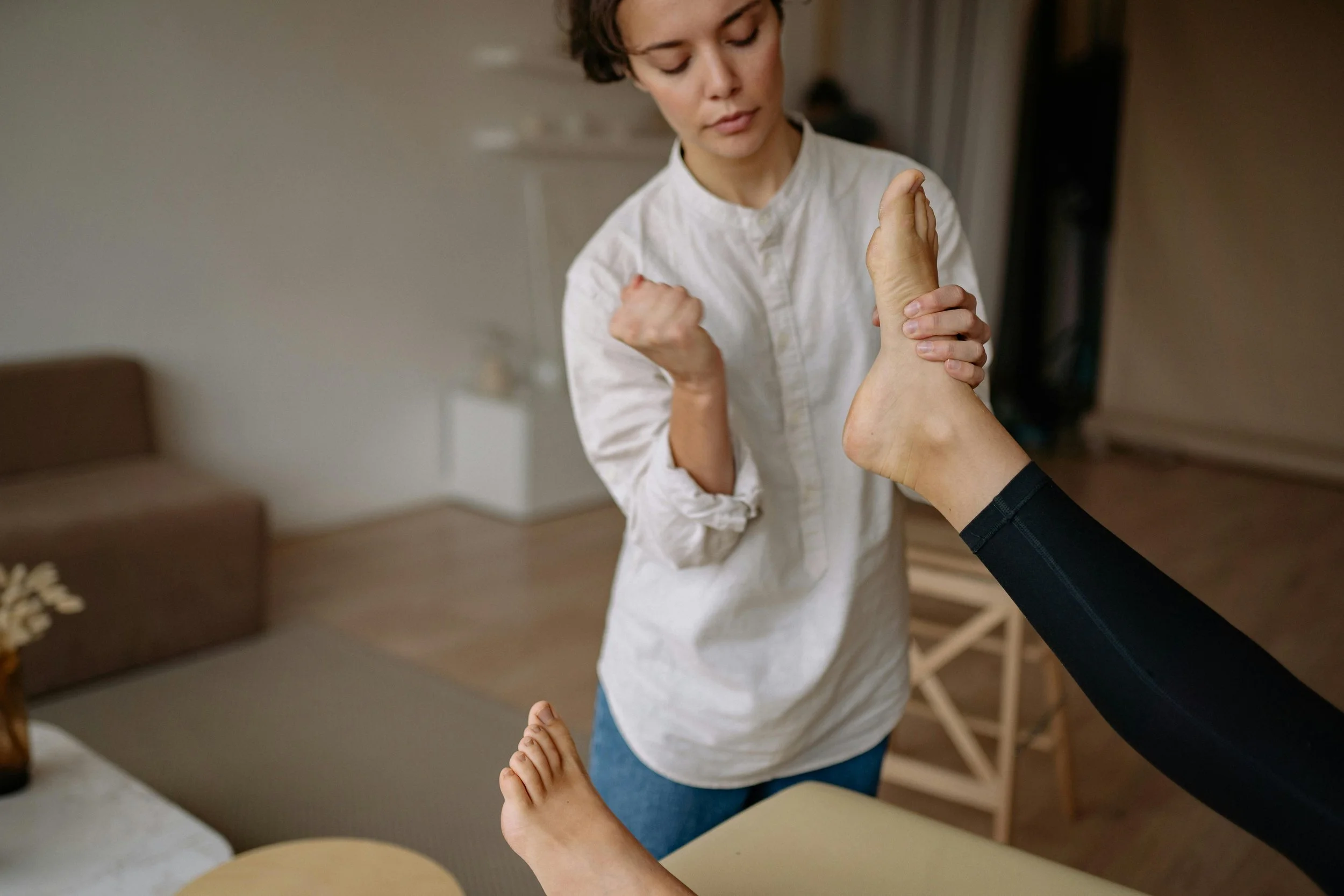Traveling with your mountain bike can be one of the most rewarding ways to experience new trails and terrain. Each trip brings fresh challenges, from unfamiliar weather conditions to new technical features, but one of the most pressing concerns for many riders is security. The reality is that your bike is vulnerable when it leaves the safety of home.
Whether you are heading to a remote trailhead or staying in a busy city hotel, taking steps to safeguard your ride is essential. A well-thought-out security strategy will help you focus on the joy of riding rather than worrying about whether your bike will still be there when you return.
The Rising Threat to Mountain Bikes During Travel
When you travel, you often encounter situations that put your bike at risk in ways you might not expect. Remote trailhead parking lots, crowded hotel garages, and busy streets all present unique security challenges. It is important to learn how to protect your bike from theft early in your riding journey so you can make smart choices about where and how you store it while on the move. Strong bicycle theft protection begins with understanding the locations and moments when your bike is most exposed.
High-end mountain bikes draw attention because of their value and the custom components they often feature. Thieves can spot them quickly, even from a distance, whether they are on a vehicle rack or in a public hallway. Each travel scenario demands a different approach, and the security methods that work for you at home may need to be adapted for new environments. Being prepared before you set off can make a significant difference in keeping your bike safe.
Essential Security Equipment for the Traveling Trail Rider
Locks form the foundation of your bicycle theft protection plan. Compact U-locks and folding locks are popular choices because they are portable yet strong enough to deter many theft attempts. A quality U-lock provides resistance against common tools, while folding locks offer versatility in different situations. Cable locks are light and convenient for very short stops, though they offer less protection against determined thieves. Many experienced riders carry more than one type of lock to adjust to different scenarios.
Trackers add another layer to your security setup. Small GPS or Bluetooth devices can be hidden within the bike’s frame or handlebars, connecting to your phone to send alerts if the bike is moved. This kind of technology can make the difference in recovering a stolen bike, especially when paired with prompt reporting to local authorities. Combining locks and trackers with careful locking techniques, such as securing both the frame and wheels to an immovable object, greatly improves your level of protection.
Layered Security Strategies for Travelers
The best bicycle theft protection comes from using multiple layers of defense. Start with a strong physical lock, add a tracking device, and learn the best locking techniques for each environment. Make a habit of storing your bike in secure, well-lit areas whenever possible. For hotel stays, keeping the bike inside your room is the safest option. If that is not possible, ask about a locked storage area that limits access to guests and staff only.
Insurance should be part of your overall plan, especially if you regularly travel with a high-value bike. Confirm that your coverage applies when you are away from home and understand the conditions you must meet for a valid claim. Having this safety net in place offers peace of mind and financial protection if the worst happens.
Secure Transportation Practices
Your vehicle setup can make a big difference in how secure your bike is during travel. Many modern vehicle racks include integrated locks, but you can increase protection by adding a separate heavy-duty lock between the bike and the rack. Some riders also use motion-sensitive alarms that sound when the bike is touched.
When possible, store your bike inside your vehicle rather than on the exterior. Removing the front wheel can help it fit into a car or van, and covering it with a blanket or bike bag keeps it out of sight. This approach requires a bit of extra effort but reduces the temptation for opportunistic thieves.
Choosing the Right Lock for Your Travel Needs
Different situations call for different lock types. U-locks offer excellent resistance to cutting tools but have limited reach. Chain locks give flexibility in securing your bike to various objects, but are heavier to carry. Folding locks combine portability with good security, while cable locks are light but better suited to low-risk situations. The right choice often depends on the balance you want between convenience and protection.
If you are flying with your bike, consider a hard travel case for the best protection. While bulky, these cases guard against both theft and damage. Some riders choose to rent a bike at their destination to avoid the risks and costs of transporting their own.
Steps to Take if Your Bike Is Stolen
If a theft occurs, contact the local police immediately and provide them with all available details, including the serial number and photographs. File an official report and keep a copy for insurance purposes. Alert your insurance provider as soon as possible.
If your bike is equipped with a tracker, use it to help law enforcement locate the bike. Sharing information quickly improves the chances of recovery. You can also post details on local cycling forums and social media, which can sometimes lead to valuable tips from the community.
When traveling in unfamiliar areas, contact local bike shops and clubs for assistance. They often know of common theft locations and may help spread the word. Being persistent and organized can make the difference between recovery and permanent loss.
Safeguard Your Ride
Traveling with your mountain bike brings incredible opportunities, but it also comes with risks that you cannot afford to ignore. Using a layered approach to bicycle theft protection, combining secure locks, storage, tracking devices, and insurance, gives you the strongest defense against theft.
Your bike is more than a piece of equipment. It represents your time, effort, and passion for the sport. By taking the time to secure it properly, you protect your riding experiences and maintain the freedom to explore new trails with confidence.



































